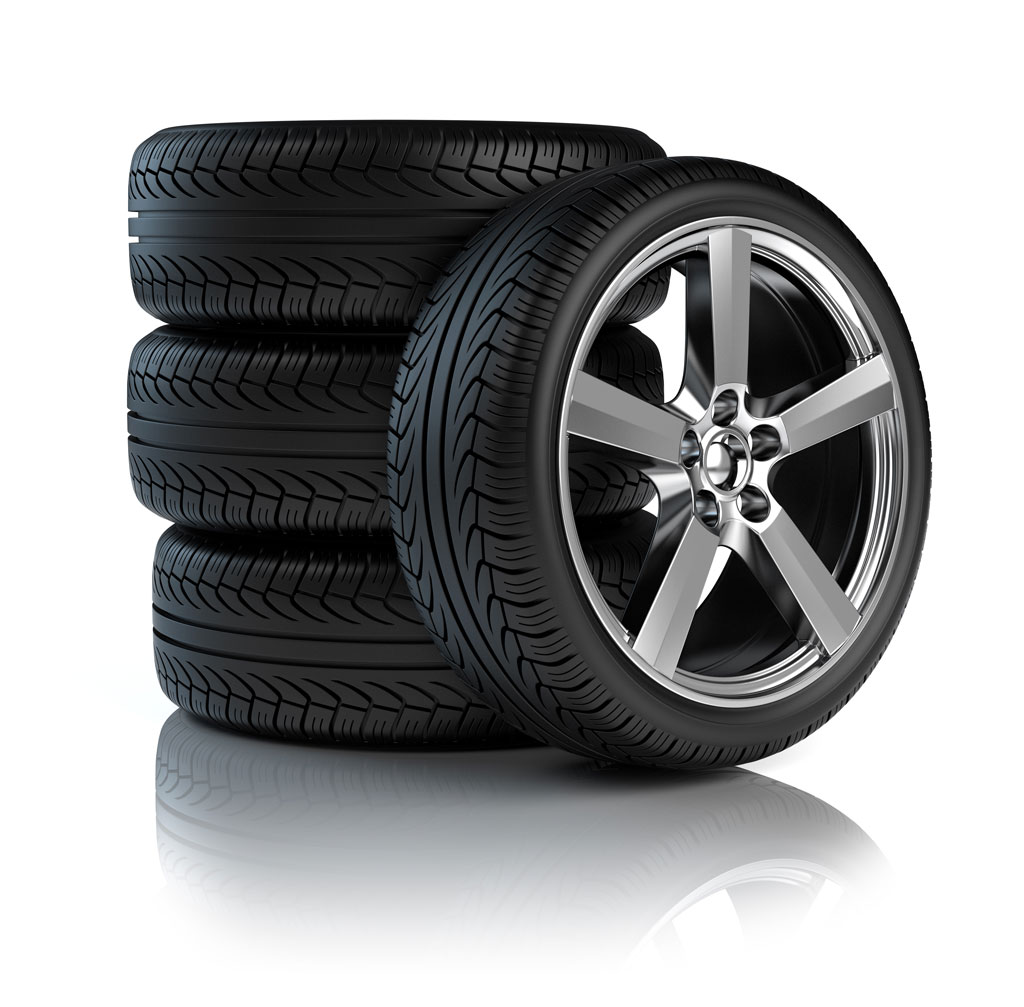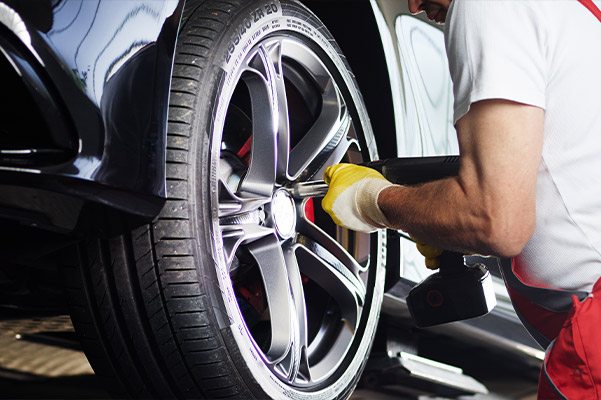Drive with Self-confidence: GMC Tires Service at Morris Tires
Drive with Self-confidence: GMC Tires Service at Morris Tires
Blog Article
Tire Solution: The Influence of Weather Problems
When it comes to ensuring optimal performance and safety and security when traveling, understanding the influence of weather on tire solution is important. From scorching heat to icy roadways, each climate aspect can dramatically affect tire capability and overall driving experience. By diving into the impacts of varying weather on tires, drivers can gain useful insights that may boost their lorry's efficiency and durability. In this conversation, we will check out the elaborate partnership between weather and tire service, clarifying the relevance of weather-specific tire maintenance practices and factors to consider.
Warmth and Tire Efficiency
When subjected to high temperatures, tires experience adjustments in efficiency that can considerably affect vehicle safety and handling. The warmth created from long term driving or warm climate conditions triggers the tire rubber to soften, leading to lowered step life and boosted wear.

Winter Effects
Winter problems can have a considerable influence on tire performance and safety and security. As temperature levels decrease, tire rubber can solidify, bring about lowered traction on icy or snow-covered roads. In cold weather, tires may also lose air stress a lot more swiftly, which can influence taking care of and fuel effectiveness. Additionally, cold temperatures can create tire sidewalls to stiffen, raising the danger of damages from pits or other road risks.
To minimize the results of winter on tires, it is critical to frequently inspect tire pressure and inflate them to the supplier's recommended levels. Making use of wintertime or all-season tires created for winter conditions can likewise enhance traction and grip on icy or snowy roads. Proper tire upkeep, consisting of regular assessments for wear and damages, becomes also much more vital throughout colder months to guarantee ideal performance and security.
Rainy Issues Influence
During wet conditions, tire performance and safety and security can be significantly influenced by the damp road surface areas and decreased exposure. The tread pattern of tires plays a vital duty in maintaining grip on wet roadways. Tires with damaged treads are more prone to hydroplaning, where a layer of water accumulates between the tire and the road surface area, bring about loss of traction. To More Info combat this, drivers need to frequently check their tires for adequate walk depth and consider investing in tires specifically designed for damp problems.
Additionally, wet climate can likewise decrease exposure, making it testing for motorists to see the roadway ahead clearly (GMC Tire Service). In such conditions, it is necessary to change driving rates as necessary and preserve a risk-free following distance to permit unexpected stops. Properly filled with air tires can likewise assist in keeping control on wet roadways by giving better handling and hold
Snow and Tire Safety
Snow-covered roadways posture unique difficulties for motorists, stressing the value of appropriate tire choice and upkeep. When driving in snowy problems, having the right tires can make a substantial difference in safety and security and efficiency. Winter tires are developed with unique rubber substances and tread patterns to give better traction on snow and ice contrasted to all-season tires. The deeper footsteps and sipes of wintertime tires help grip the roadway better, decreasing the threat of slipping and gliding.

Moreover, motorists must think about mounting tire chains in extreme snowy conditions. Tire chains give additional traction by clutching the snow and ice, enhancing security and control. Nevertheless, it is essential to follow producer instructions when installing and using tire chains to avoid damage to the tires and automobile. By selecting the best tires, keeping proper rising cost of living, and taking into consideration extra grip aids like tire chains, motorists can enhance their security when navigating snow-covered roads.
Weather-Related Tire Upkeep
Weather-related tire upkeep includes a variety of practices aimed at making certain optimum tire feature and long life in different climate circumstances. One essential facet of weather-related tire upkeep is tire pressure guideline. Inspecting tire tread consistently and changing tires when step wear reaches a particular depth is important for maintaining grip and security in adverse climate.
Final Thought
Finally, climate condition have a significant influence on tire performance and safety. From heat affecting tire pressure and put on to cool climate reducing traction, it is important to take into consideration the weather condition when preserving and utilizing tires. Rainy problems can lower grip and result in hydroplaning, while snow can enhance the risk of mishaps if tires are not effectively equipped. my latest blog post Weather-related tire upkeep is essential in ensuring ideal efficiency and safety when driving.
In this discussion, we will certainly explore the intricate partnership in between climate conditions and tire service, shedding light on the importance of weather-specific tire upkeep additional info techniques and considerations.

Report this page